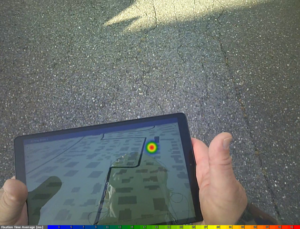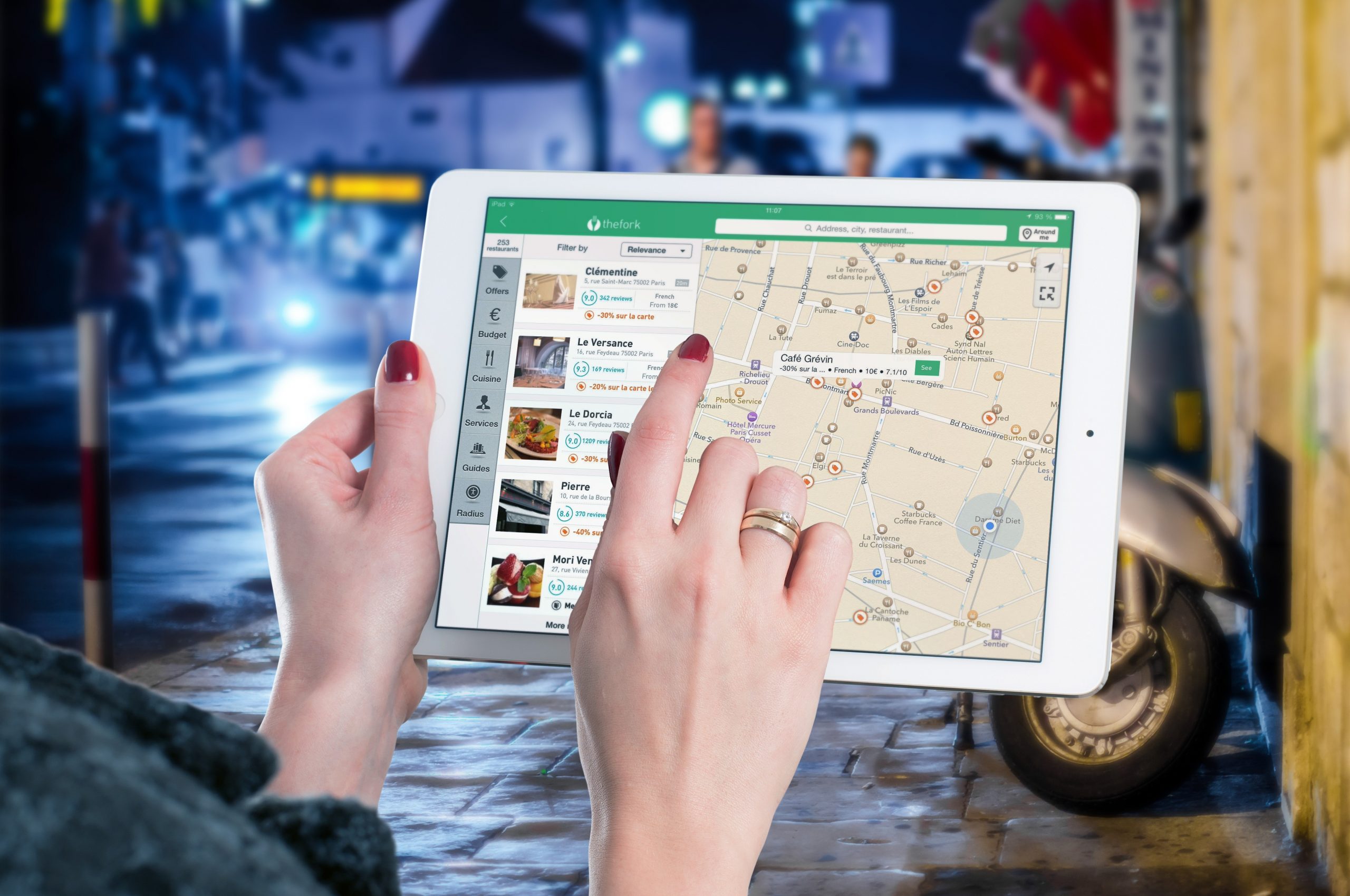MapOnTap
research areas
timeframe
2021 - 2025
contact
sara.fabrikant@geo.uzh.chMobile Map Tap User Behavior

- This project aims to understand better when, how and where people use mobile map applications.
- Enhanced knowledge of mobile map use behaviour in everyday activities could help to design future map apps.
- Such a design should support people’s mobility more effectively and efficiently.
Goals
- Understand when, how, and why people use map apps in their daily lives
- Predict map use behaviour and relevant map information for individuals based on the user’s real needs and behaviour.
Phase I
Data Collection
Data Collection using a smartphone to retrieve everyday mobile map app usage using a novel methodology based on tappigraphy.Additional information retrieved:
- Ambient light → indoor/outdoor use
- Google API for Activity recognition -> movement behaviour (e.g., Walking, Still)
- position by the Smartphone sensors (GPS) -> longitude, latitude, and altitude
Data Collection also includes a series of questionnaires to retrieve the usage behaviour variables better; three questionnaires will be used to assess the sense of direction, spatial anxiety, and experience with navigation systems:
- Santa Barbara Sense-of-Direction Scale (Hegarty, Richardson, Montello, Lovelace & Subbiah, 2002)
- spatial anxiety test (He & Hegarty, 2020)
- Experience and frequency of usage of navigation tools in their daily lives, we used a self-assessing questionnaire (Ishikawa, 2018).
Phase II
Data Analysis and Computational Modelling
Develop a novel computational model to predict map app usage based on a combination of geographic context information, users’ information (i.e. preferences, planning, interactive behaviour) retrieved from smartphone combined with the user’s psychological differences (based on spatial anxiety, sense of direction, frequency of usage of different navigation systems).



